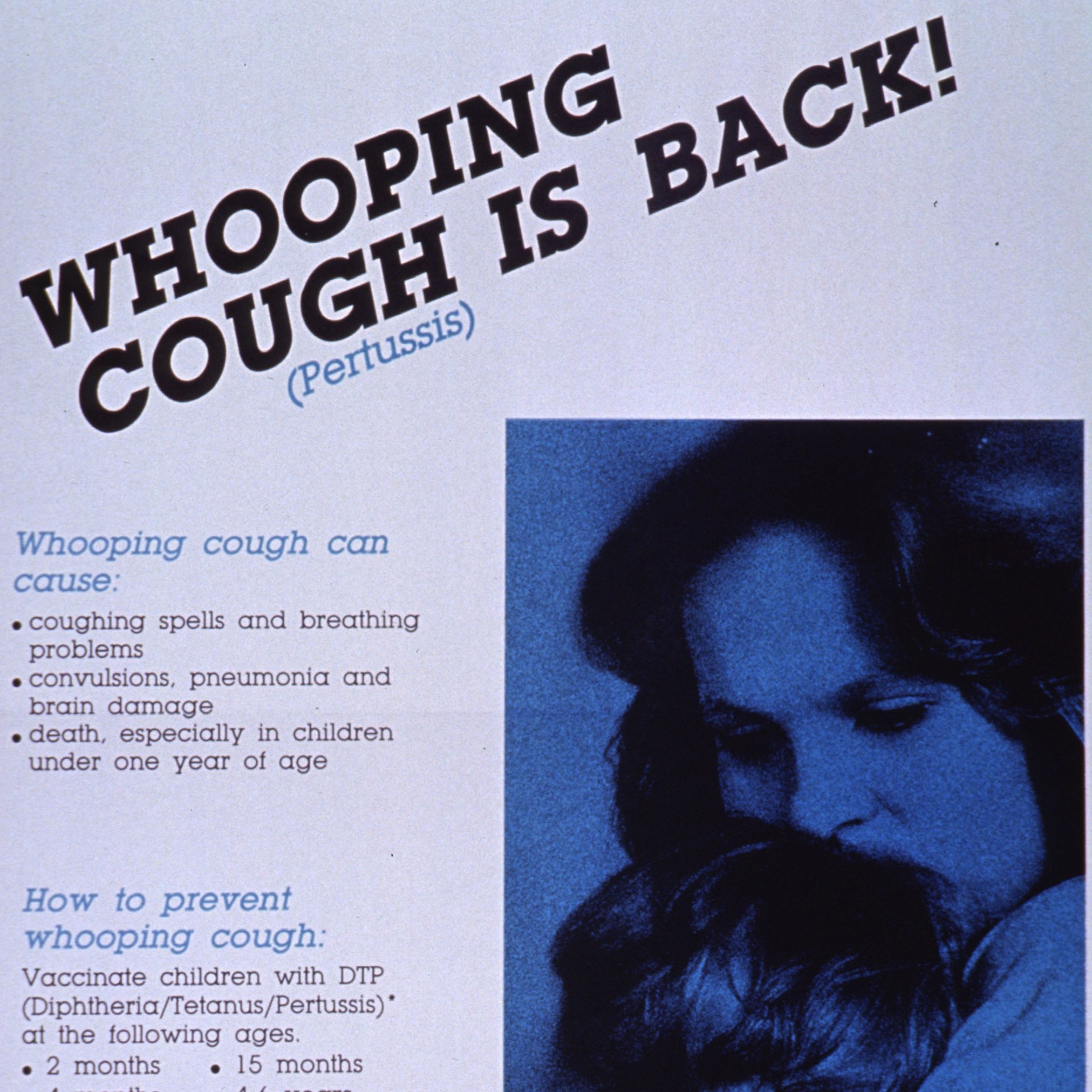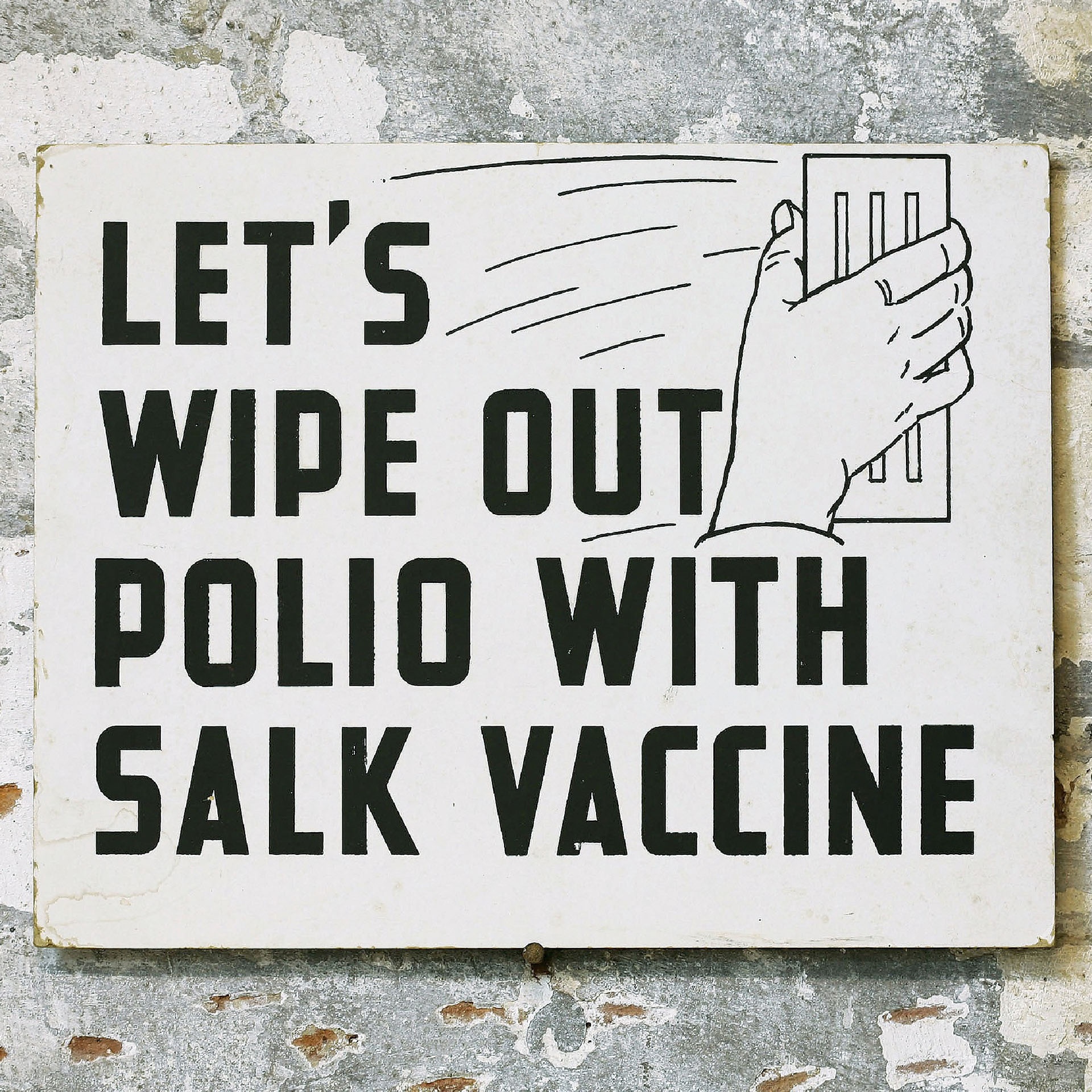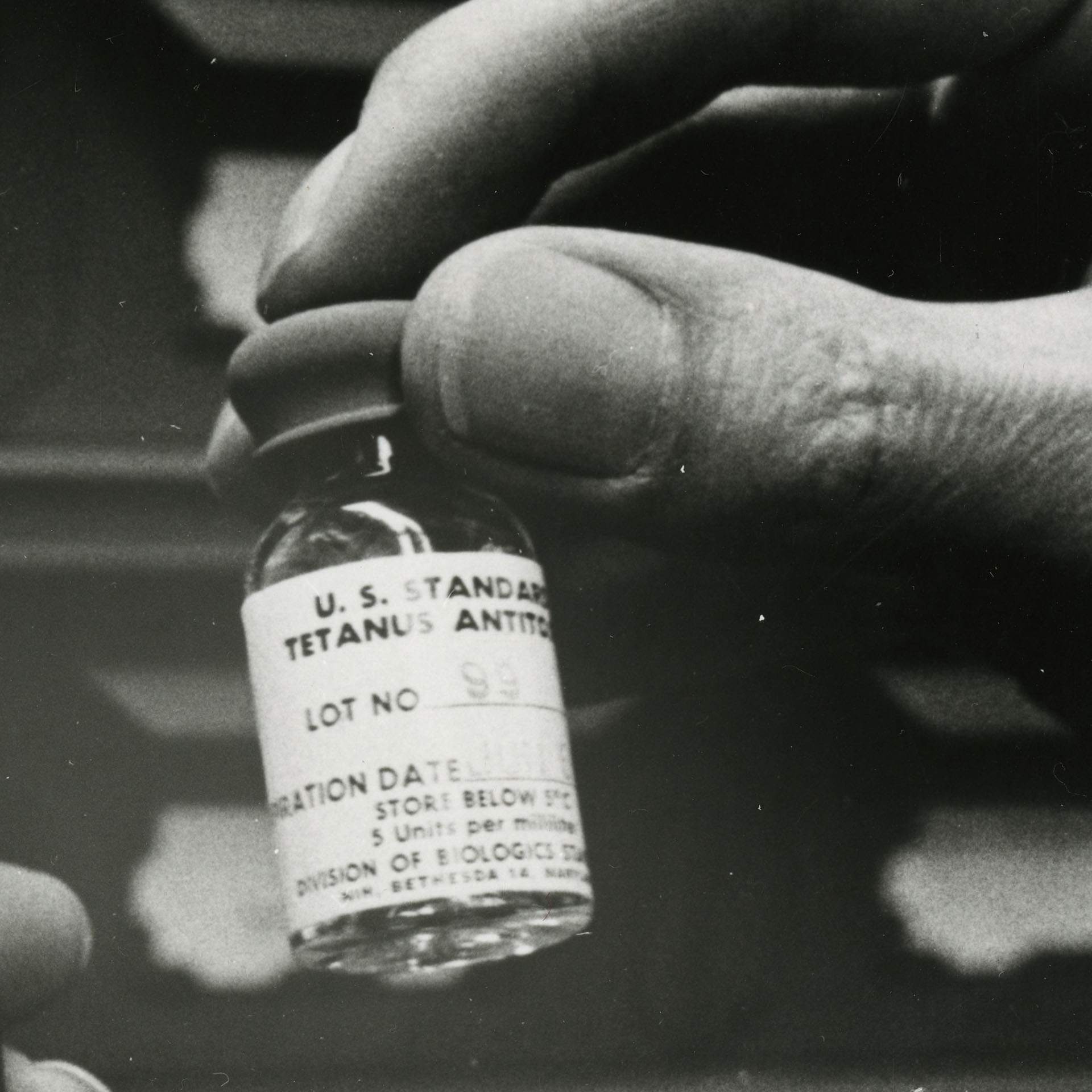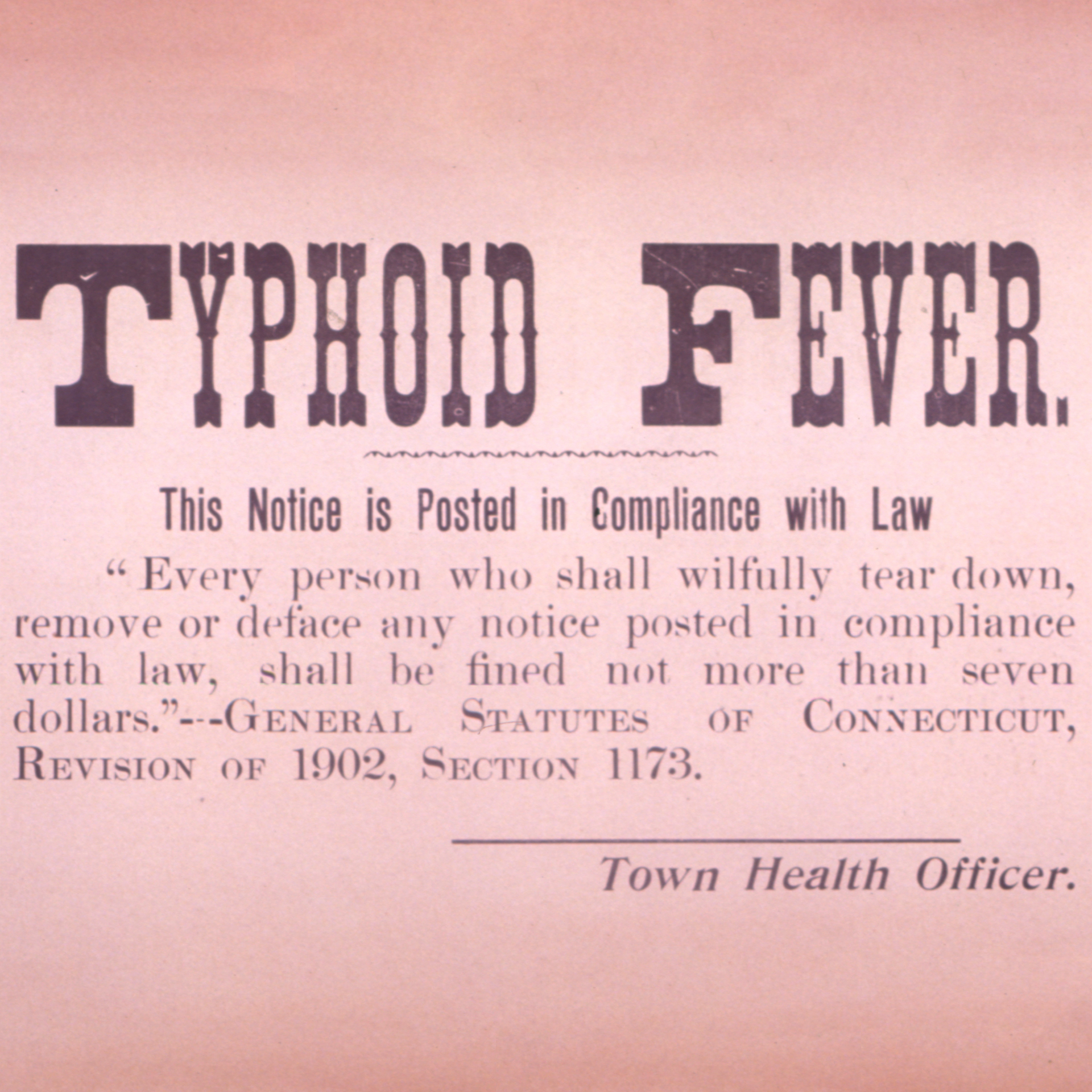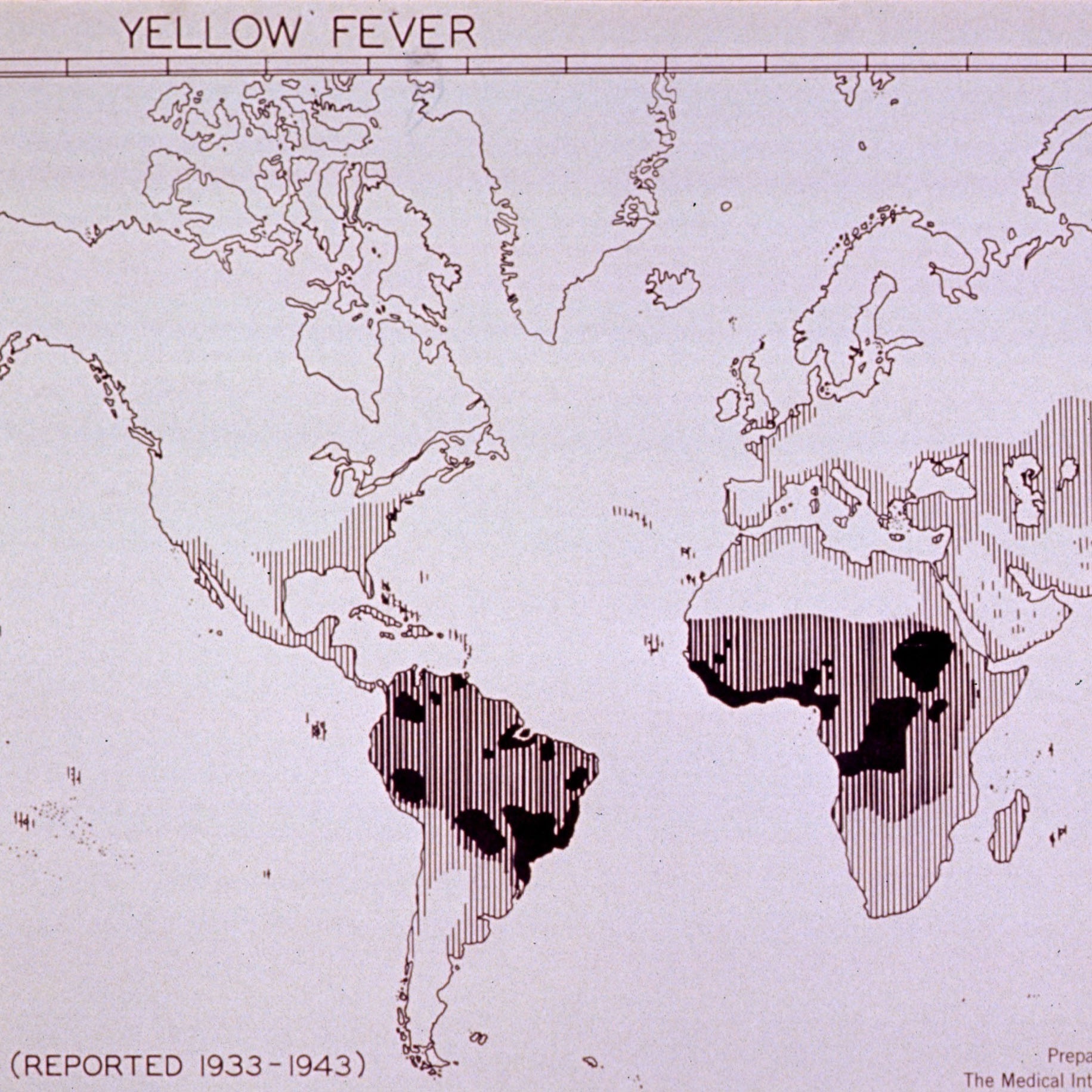Diseases
These are some of the diseases which the National Institutes of Health (NIH) Division of Biologics Standards (DBS) researched and the related biologics which they regulated. Biologics are biological products made to prevent or treat a disease. They include vaccines, blood and blood products, allergenics, somatic cells, gene therapy, tissues, and recombinant therapeutic proteins.
Testing for endotoxins (a toxin released from a bacteria cell when the cell disintegrates) in injectable biologics was revolutionized in Building 29A.
Regulating blood banks and blood products such as platelets was an important job at the Division of Biologics Standards (DBS).
Cholera is a bacterial disease transmitted through contaminated water or food supplies. It was a stubborn problem, particularly in urban areas, and could be mild or fatal.
Hepatitis A, hepatitis B, and hepatitis C are liver infections caused by three different viruses. They can be transmitted by blood products, sexual activity, and sharing needles.
Human Immunodeficiency Virus (HIV) attacks the immune system and, if not treated, can lead to Acquired Immunodeficiency Syndrome (AIDS).
In the first half of the 20th century, before a vaccine was developed, nearly all children got measles, one of the most infectious viruses.
Pertussis, or whooping cough, can cause serious symptoms and even death in infants. There is now a vaccine available.
Poliomyelitis (often just called polio now) can cause paralysis and is best-known for the iron lungs used to keep children alive during the 1940s-1950s, before vaccines became available.
From 1964–1965 there was a rubella epidemic in the United States which caused 11,000 stillbirths, miscarriages, and abortions, and at least 20,000 deformed babies, which spurred the search for a vaccine.
Tetanus is an often fatal disease caused by a toxin produced by the bacterium Clostridium tetani. Symptoms of tetanus include muscle stiffness in the jaw, hence its nickname "lockjaw."
Typhoid fever spreads from person to person in contaminated food and water, and via the fecal-oral route. A gastrointestinal illness, it was a major cause of disease before the mid-20th century.
Yellow fever was known and feared, especially in port towns with the arrival of new ships. After the Spanish-American War, a Yellow Fever Commission was established in the United States to investigate.







